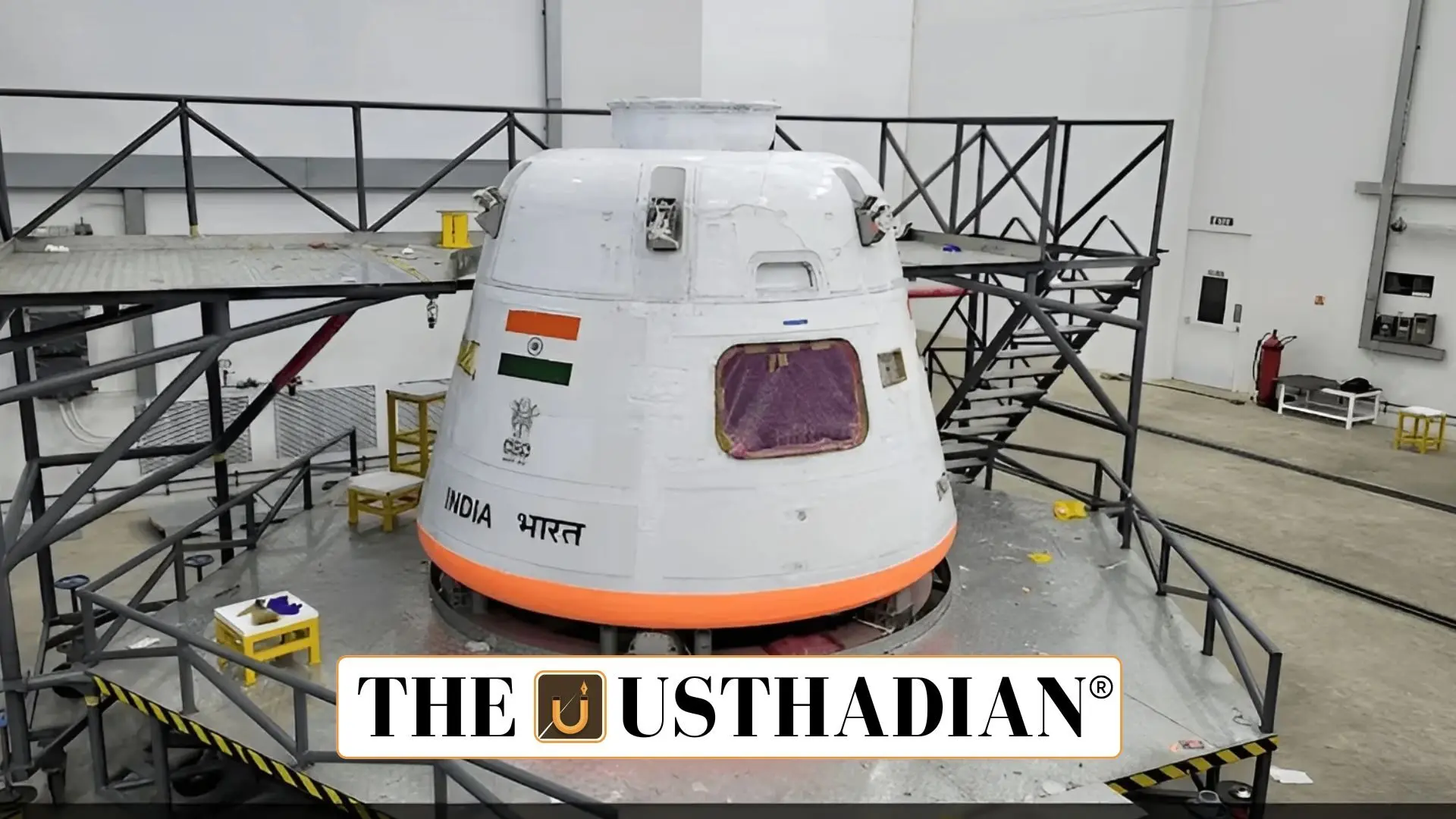Why Astronaut Safety is Now in the Spotlight
Gaganyaan Mission and the Future of Human Spaceflight Safety: The safe return of NASA astronauts Sunita Williams and Barry Wilmore from their ISS mission has put global attention on astronaut safety. Their nine-month stay highlighted how critical it is to have detailed safety protocols at every phase of human spaceflight. Now, India’s ISRO is following suit by designing its Gaganyaan mission with similar safety mechanisms—ensuring Indian astronauts are protected from launch to splashdown.
Making Launches Safer: From Tragedies to Technology
Human spaceflight starts at the launchpad, where the first seconds can be the most dangerous. Historical accidents, like the Apollo-1 fire in 1967 and Russia’s Soyuz T-10 explosion, taught space agencies to plan for worst-case scenarios. ISRO has now installed ziplines, fireproof lifts, and a crew escape system at its launch site. The escape system is equipped with two types of engines—the Low-altitude Escape Motor (LEM) and the High-altitude Escape Motor (HEM). These are activated based on the rocket’s altitude, allowing astronauts to safely eject even within seconds after launch.This system is similar to what saved the Blue Origin crew during their NS-23 flight—proving that solid escape mechanisms can mean the difference between life and death.
Staying Safe in Space: Orbit Protocols
Once in orbit, ISRO’s astronauts will travel in a two-part capsule: the crew module and the service module. The crew module is essentially their home in space. Even though Gaganyaan won’t dock with a space station, astronauts will be trained in docking protocols—a crucial backup skill. Like NASA’s current missions, ISRO’s capsule is built to serve as a lifeboat in emergencies. On the ISS, astronauts are trained to retreat to safe zones if fire or radiation threats emerge. Gaganyaan’s design ensures that similar backup systems are in place.
A Safe Return: The Art of Controlled Reentry
Reentry is perhaps the most technically demanding part of a space mission. The capsule must survive temperatures exceeding 1,600°C, caused by friction with the Earth’s atmosphere. To slow it down, ISRO will use a 10-parachute system, which deploys in a timed sequence at different altitudes. Each parachute plays a role in ensuring the crew lands softly in a pre-designated splashdown zone—most likely in the Bay of Bengal.
This phase is being tested rigorously, given that even a small failure can lead to dangerous crashes. The successful deployment of such systems in earlier ISRO dummy capsule trials is encouraging.
Why It Matters: Lessons for India’s Space Future
With Gaganyaan, India enters the elite club of human spaceflight nations. This mission isn’t just about science and technology—it’s about trust. The safety of Indian astronauts is a matter of national pride. Learning from NASA, Russia, and even commercial players like SpaceX and Blue Origin, ISRO’s approach is practical and cautious.
Every precaution—from WhatsApp-based telemetry in launch control rooms to reinforced escape capsules—shows how far India has come. The future of space is human, and India is now ready to be part of that journey.
STATIC GK SNAPSHOT
Gaganyaan Mission and the Future of Human Spaceflight Safety:
| Topic | Details |
| Mission Name | Gaganyaan |
| Agency | ISRO (Indian Space Research Organisation) |
| First Indian Human Mission | Planned for 2025 |
| Launch Vehicle | Human-rated GSLV Mk III |
| Escape System | LEM + HEM (Crew Escape System) |
| Parachute System | 10 parachutes for controlled descent |
| Splashdown Location | Bay of Bengal (Expected) |
| NASA Parallel | Apollo-Soyuz, ISS emergency training |
| Notable Return | Sunita Williams & Barry Wilmore (NASA, 2025) |








